AKA: Metamorphosis
Director: Benny Chan
Cast: Louis Koo, Nick Cheung, Lau Ching Wan, Yolanda Yuan Quan, Lo Hoi Pang, Alex Fong Lik Sun, Berg Ng Ting Yip, Hou Yong, Elanne Kong, Ken Lo
Running Time: 140 min.
By HKFanatic
It might sound hard to believe now, but there was a time when director Benny Chan was considered a great hope for Hong Kong cinema. Halfway through the Nineties, when other filmmakers like John Woo and Ringo Lam were vacating the island for Hollywood pastures, Chan stood his ground: his film Big Bullet, released just one year before the 1997 handover, adhered resolutely to the staples of Hong Kong cinema. In other words, it was an explosive action flick about hardboiled cops. Even as the years wore on and Chan was forced to work with pop stars to keep up with the times (see: Gen-X Cops), his movies felt as though they had at least one foot remaining in the old-school style, with their practical action and flashy camerawork.
Then something changed. Fans are still not sure what went wrong, but the consensus seems to be that Benny Chan’s last truly good movie was 2004’s New Police Story and the filmmaker has been on a decline ever since. Chan reached his nadir with 2010’s City Under Siege, a film so bizarre it feels beamed in from another planet. It’s hard to believe an actor as popular as Aaron Kwok signed on to a picture about circus performers granted superpowers after being doused with a chemical developed by the Japanese during World War II, but he did – and it was unspeakably awful.
All of this is partially why Benny Chan’s 2013 effort The White Storm appeared so promising. The film was touted as a loving tribute to the heroic bloodshed films of yesteryear, and it was set to unite Benny Chan with two of the strongest actors working in Hong Kong today: Lau Ching Wan (Big Bullet) and Nick Cheung (The Beast Stalker). The questionable talents of Louis Koo (Flash Point) were along for the ride but this seemed a necessary concession in order to ensure a box office return.
So far so good. The movie’s story might be best described as A Better Tomorrow meets Infernal Affairs, with a dash of John Woo’s unheralded masterpiece Bullet in the Head. Our three leads play best friends since childhood, who also happen to be members of the Hong Kong police department’s Narcotics Division. The difference is that Lau Ching Wan and Nick Cheung are superior officers while Louis Koo has spent years deep undercover, spending his time cavorting with drug dealers when he’d rather be at home doting on his pregnant wife. Koo desperately begs to be pulled out of the field, but Wan assures him he needs Koo for one last (and dangerous) mission to apprehend one of Southeast Asia’s most powerful drug lords, the Eight-Faced Buddha.
Needless to say, everything goes to hell…but it takes a long time getting there. Inexplicably, Benny Chan has afforded a lengthy 140 minute runtime to what is a boilerplate cops-and-robbers tale. Most of that runtime is eaten up by teary-eyed melodrama, as though Chan was under the impression that everyone loved the A Better Tomorrow series for its scenes of manly men crying. Unsurprisingly, Lau Ching Wan delivers the best performance here as the loyal and steadfast officer and friend, while Louis Koo is more or less adequate as the ‘undercover cop who’s about to have a nervous breakdown,’ though it’s difficult to ignore that Tony Leung Chiu-wai did the same role more convincingly in Infernal Affairs. Nick Cheung is afforded the flashiest part by far, and he seems to be having fun when the second half of the film tosses its twists and turns, as improbable as they are, at the viewer.
Naturally, action fans would be able to forgive a convoluted storyline and emotional histrionics if The White Storm delivered on the bread and butter of heroic bloodshed films: intricately choreographed and balletic violence. Sadly, the vast majority of action in The White Storm is shot and cut in a way that’s virtually indistinguishable from your average Hollywood journeyman director. An opening clash between cops and drug dealers on the streets of Hong Kong goes by without a single noteworthy moment. Things pick up significantly around the middle of the film when the Eight-Faced Buddha attacks our heroes with a gatling gun attached to a helicopter, but here it’s the sheer scale of the slaughter – the number of bodies and vehicles devastated by bullets – that makes an impression, rather than anything Benny Chan is doing behind the camera. It’s a bravado sequence, no doubt, but it’d feel just as at home in an Expendables movie.
The finale offers Benny Chan, as well as our three main characters, a chance to redeem themselves. After all, how many ‘tragic hero’ films save the best for last and unleash a climactic gun battle for the ages? Chan even finds the perfect location for his shootout: the sleek and gaudy backroom of a Macau casino. Unfortunately, even this finale ends up disappointing, as Lau Ching Wan and company spend the first half of the fight literally standing in a circle and firing at the bad guys as though the plot has inexplicably made them bulletproof. It’s a far cry from the days when Chow Yun-fat would dive through the air or slide down a railing in the midst of battle. All in all, this climax brought three words to mind: Johnnie To lite.
Speaking of Johnnie To: almost a decade ago, the talented filmmaker released a little film called Exiled. Featuring some of the best acting talent in Hong Kong (including The White Storm’s Nick Cheung), the film managed to pay homage to vintage Hong Kong action cinema while delivering a fun and smart piece of genre entertainment. It’s a shame that, so many years on, a filmmaker like Benny Chan can’t deliver a comparable tribute to the pistol opera genre fans know and love; but for whatever reason, Chan has seemed behind the curve for awhile now. His upcoming 2016 effort The Deadly Reclaim will see the director pair up with action choreographer Sammo Hung; perhaps working with one of the all-time greats will reignite some spark in the commercial filmmaker. In the meantime, The White Storm is a night’s passable entertainment, but only for the most forgiving of Hong Kong cinema buffs. As both an action film and a tip of the hat to the heroic bloodshed genre, The White Storm registers as a missed opportunity.
HKFanatic’s Rating: 6/10

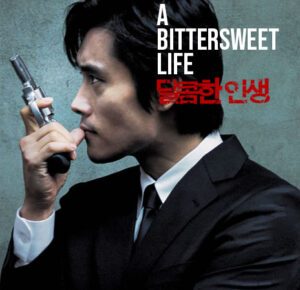
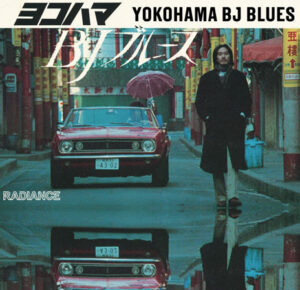
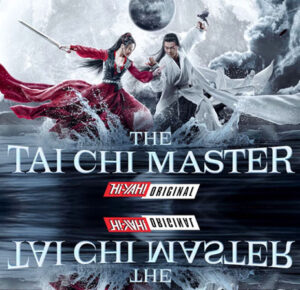
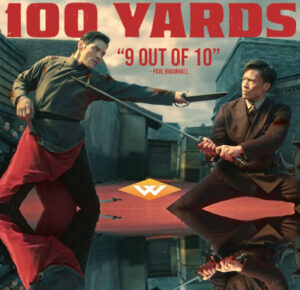
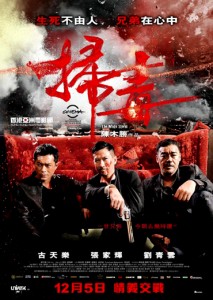
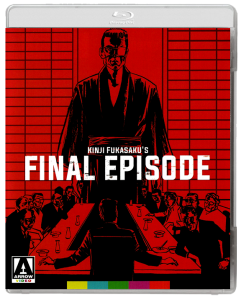

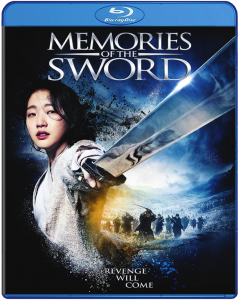
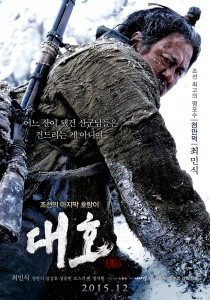
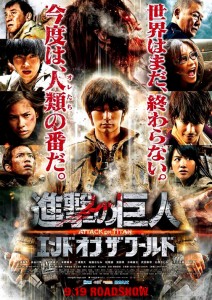

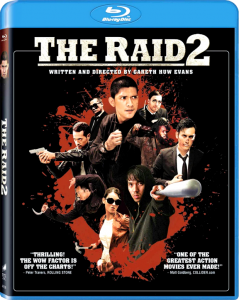
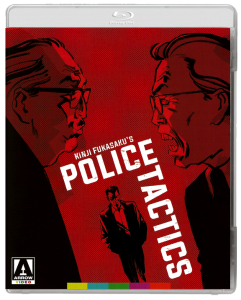
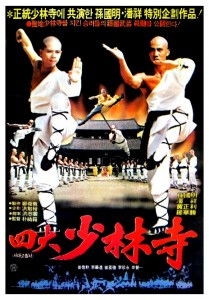
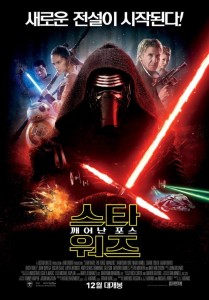
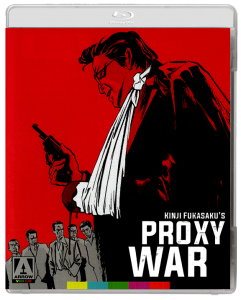
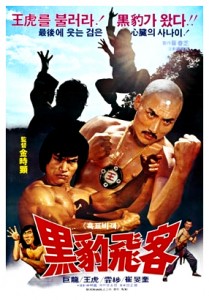
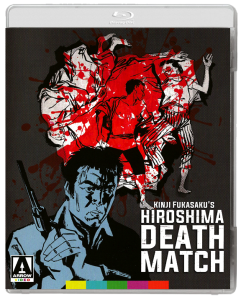





3 Comments